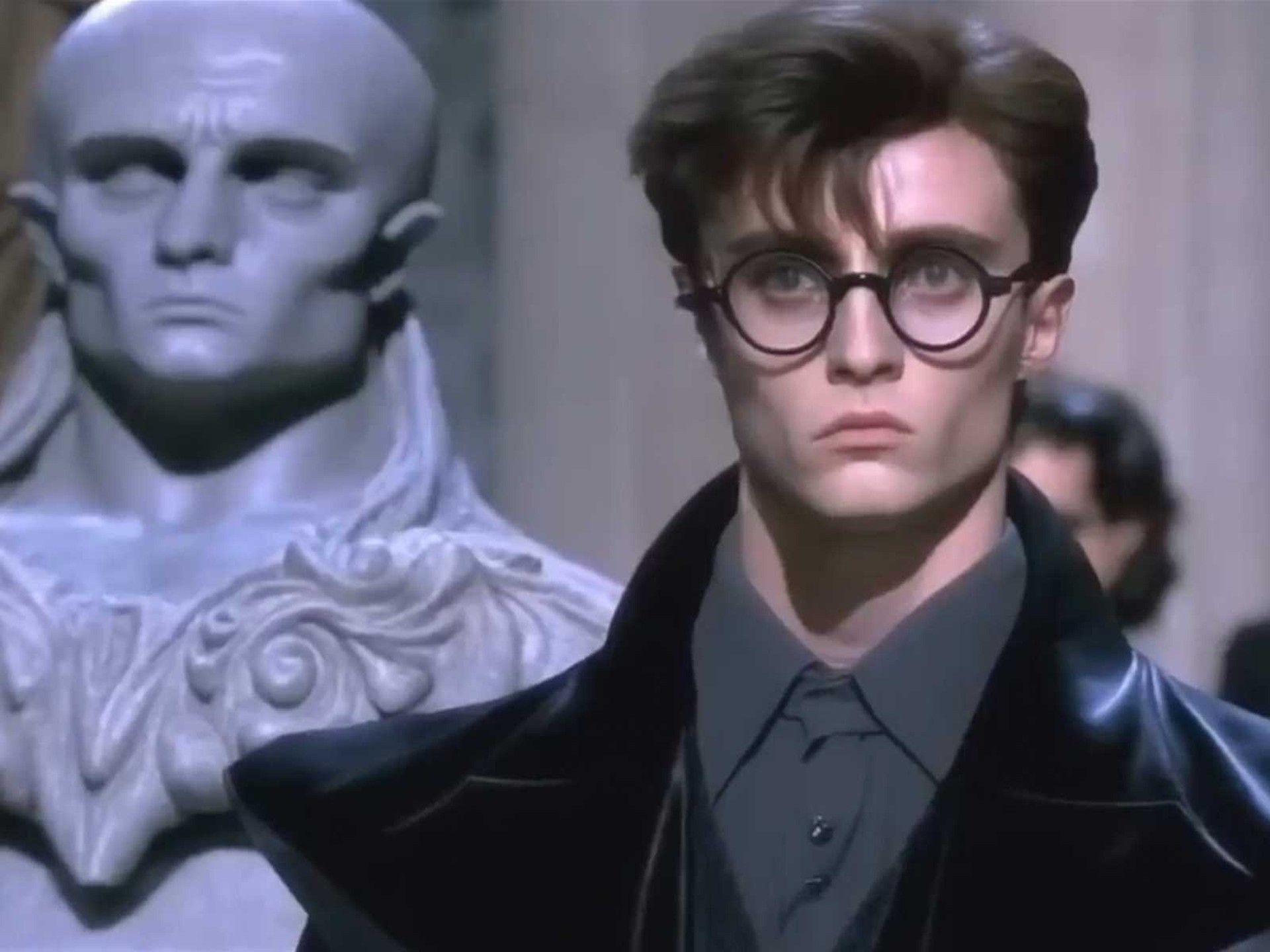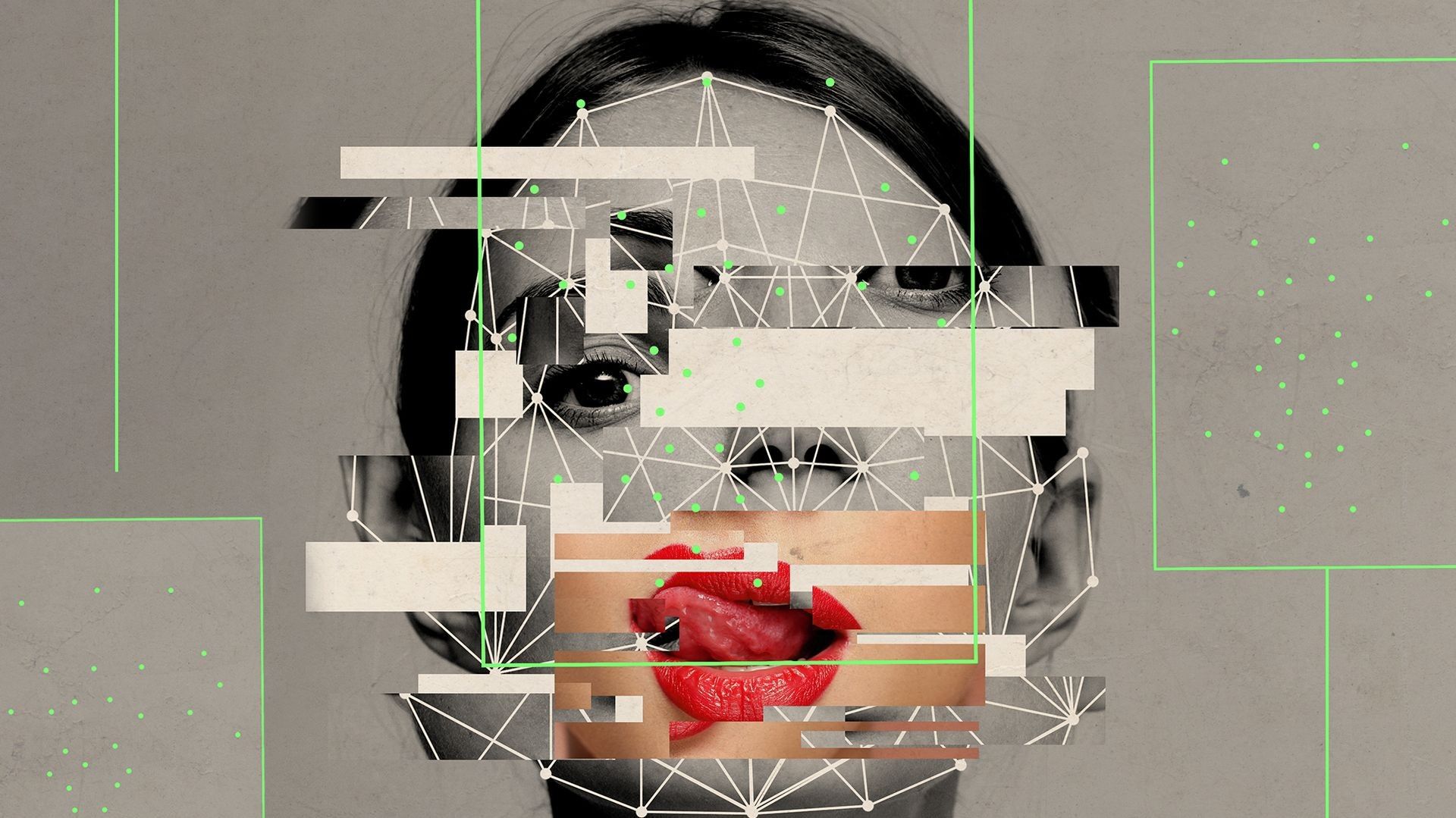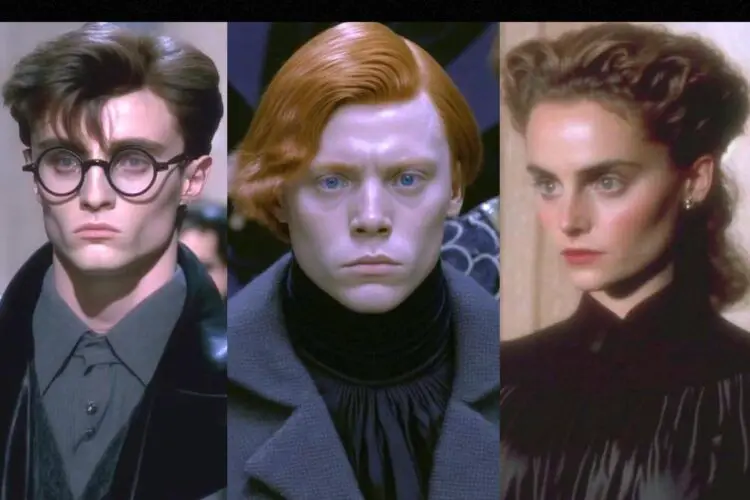Demonflyingfox has used an AI voice generator and deep fake technology along with a tool like Midjourney to create a fake Harry Potter Balenciaga AI ad. While it has its shortcomings, such as the characters’ uncanny expressions and out-of-sync mouth movements, it has drawn praise from Elon Musk and Twitter users.
The Internet is abuzz with an addictive trend of using artificial intelligence (AI)-based image generators to reimagine popular media franchises. This has led to the creation of fake ads such as the Harry Potter Balenciaga AI ad.
The Harry Potter Balenciaga AI ad’s creator explains that he enjoys brainstorming combinations and mash-ups of popular media. He believes that these combinations should be unexpected but still make sense.
The creator feels that Harry Potter’s innocence and naivety contrast well with an adult, cold-world scenario. Furthermore, he thinks that Balenciaga is the most memeable company at the moment.
Check out Harry Potter Balenciaga AI ad video below.
Harry Potter Balenciaga AI ad has also raised some questions
While the video may be imperfect, it’s remarkable that the technology to create such content is already available and accessible to the public. This raises the question of whether this video could be a glimpse into the future of art and entertainment. Perhaps we are at the cusp of a new era where AI applications play a significant role in the creation of entertainment content.
One possibility is that the wider entertainment and media industry could incorporate emerging technologies into their existing work pipeline to save costs and create previously impossible or difficult-to-execute sequences.
Deepfake tools have already made their way to movie and TV screens, most notably when it comes to de-aging old actors like Robert DeNiro in Martin Scorcese’s The Irishman.

On the other hand, streaming platforms like Netflix, Amazon Prime, and Disney Plus have brought the most significant disruption to the media landscape in recent years. Struggling under the weight of retaining viewership while generating unlimited content, these services could start providing or even completely transform into bespoke entertainment generators. Users could select a book, video game, or animated series, and an AI could create a customized movie or series just for them.
The dark side of AI
While there are several possibilities, there are also risks involved. The dark side of AI can lead to malicious individuals using deep fake tools to create pornographic clips featuring public and private individuals without consent or churning out misinformation like that time when Billie Eilish’s deep fake videos were on TikTok. The technology has already been invoked as a defence by questionable individuals to create doubts about evidence of certain activities or statements.
In addition, our relationship with technology can lead to a perception of over-reliance. Non-experts may find it challenging to keep track of how every new tool works, leading to a possible over-reliance on AI. Private AI use among emotionally vulnerable individuals may need to be regulated, as seen in the case of a man who reportedly committed suicide after chatting with an AI chatbot about climate change for days on end.

As we continue to explore the possibilities of AI in entertainment, it’s essential to consider the potential risks and ethical concerns that come with it. While the Harry Potter Balenciaga AI ad video is a fascinating example of what AI can do, it’s also a reminder that we need to tread carefully when it comes to AI applications.
As we move forward, we need to ensure that AI is used for the greater good and not for nefarious purposes. We must also remember that AI is not a substitute for human creativity and ingenuity but a tool to enhance it. Ultimately, we must ask ourselves what kind of future we want to create with AI and what kind of society we want to build. By doing so, we can ensure that AI serves us rather than the other way around.





